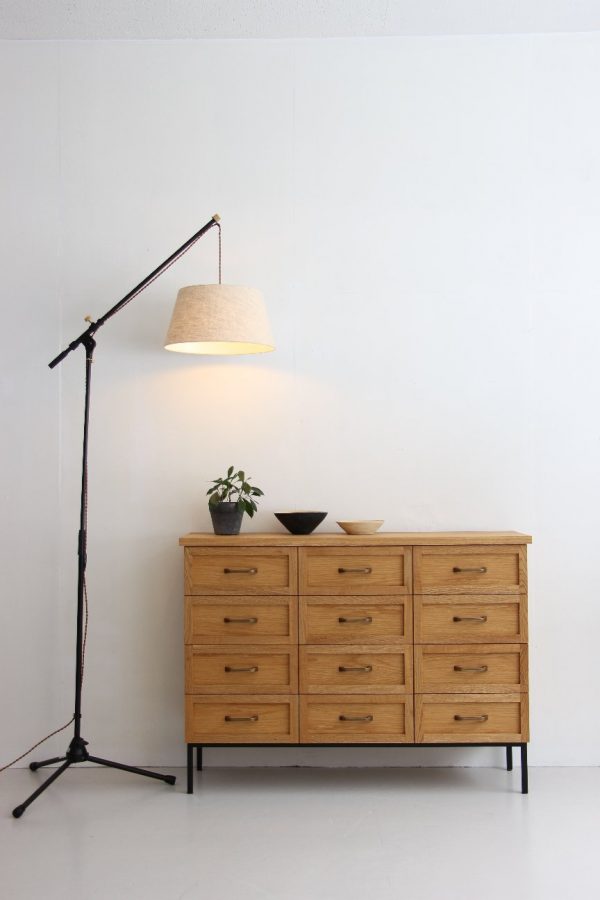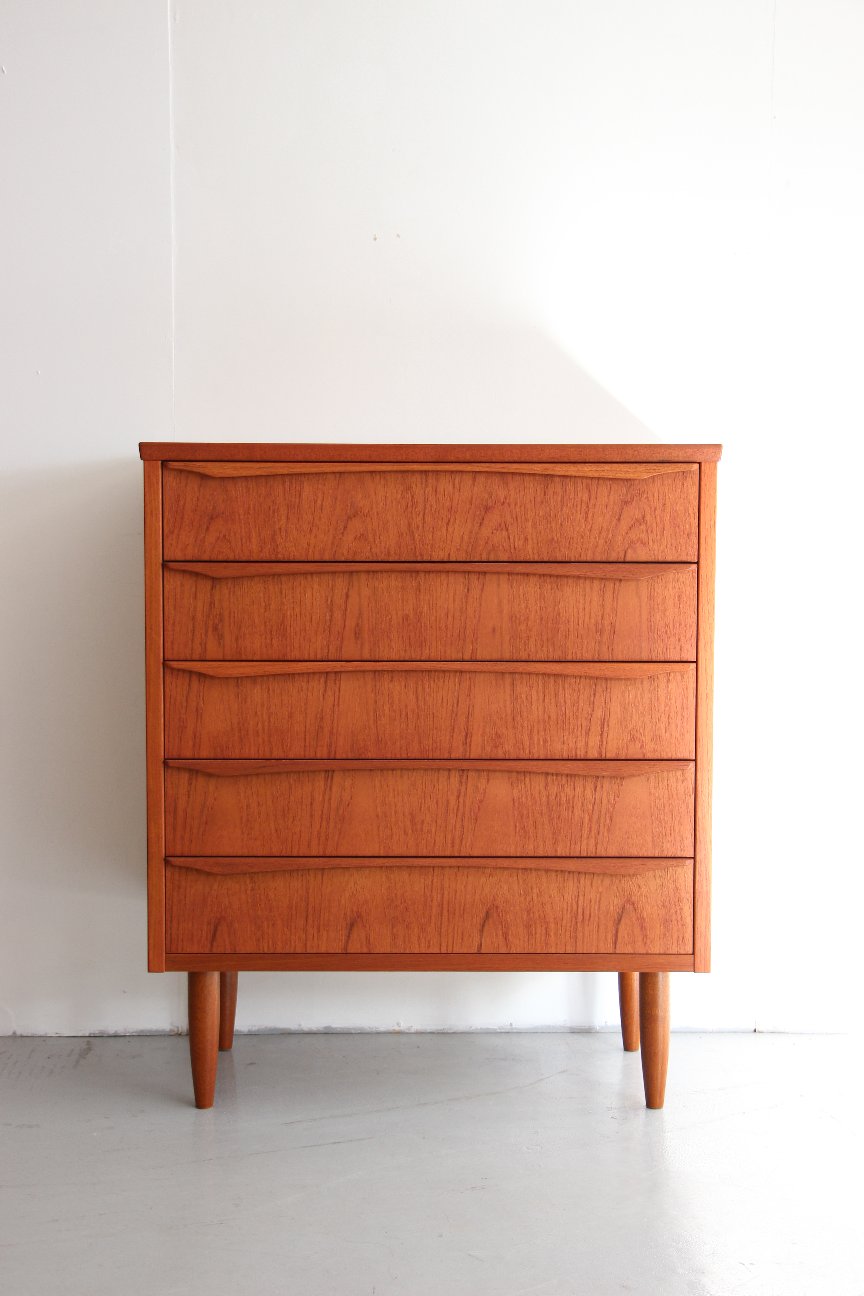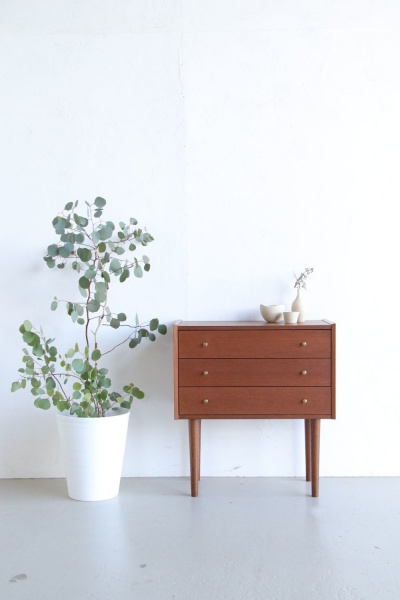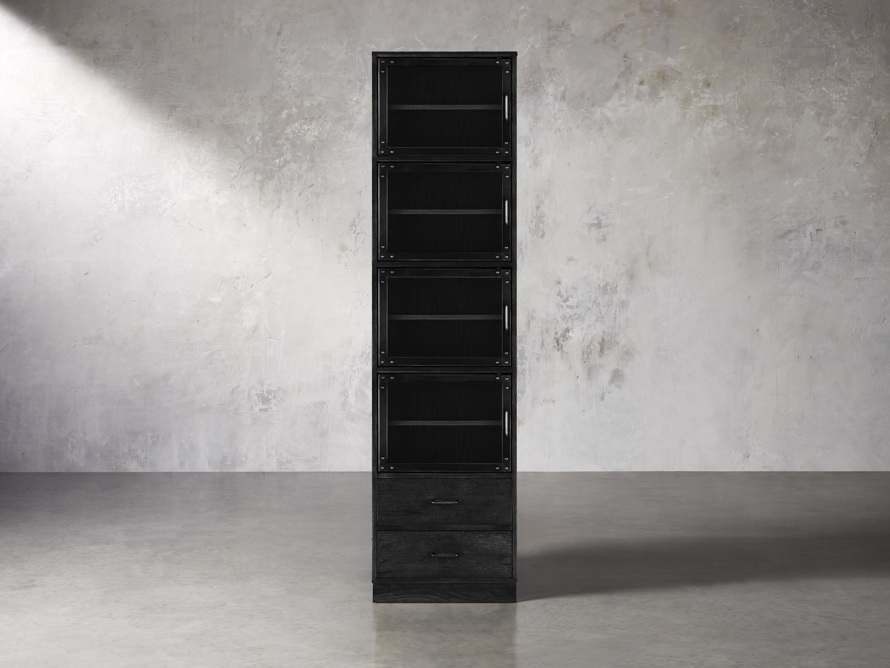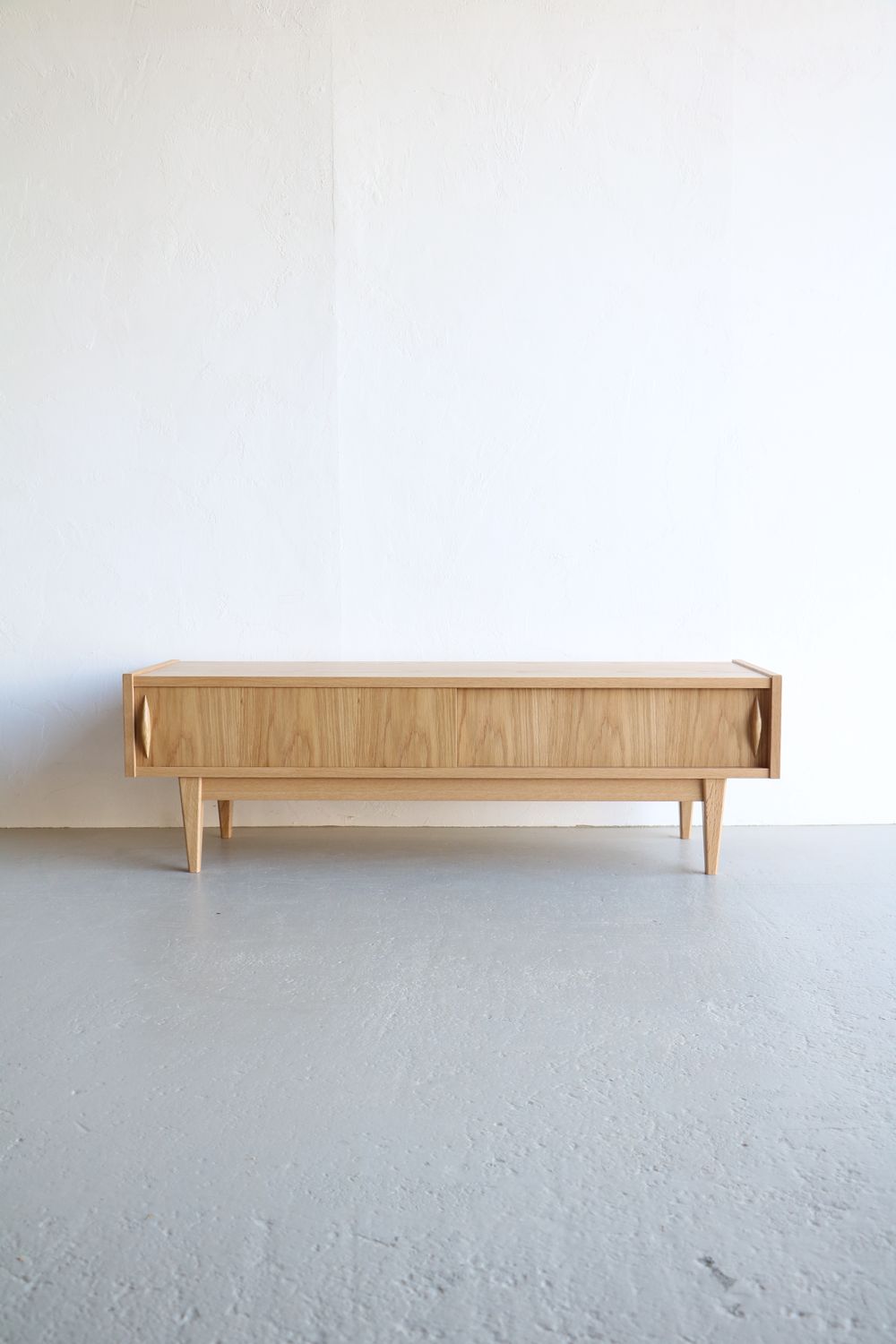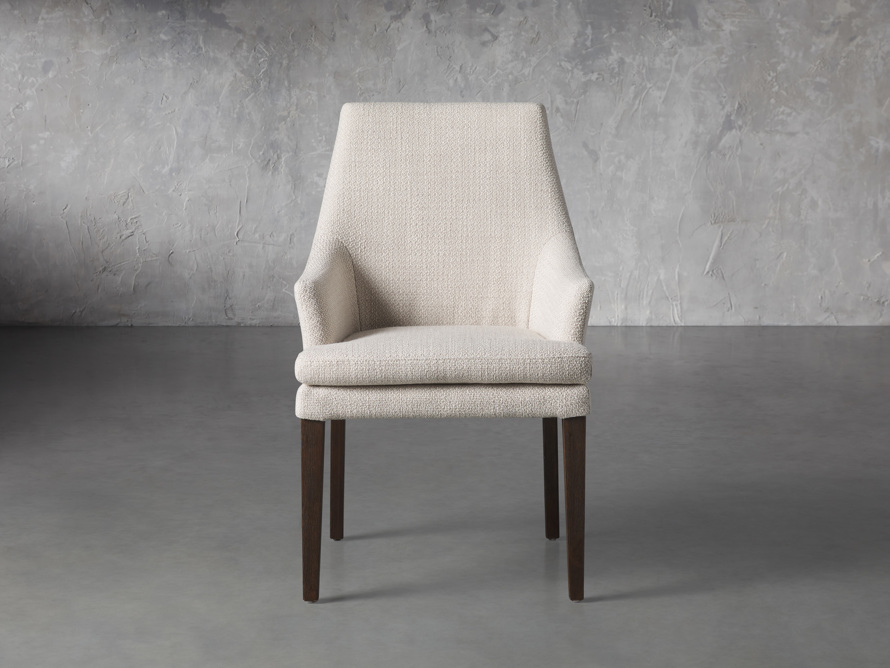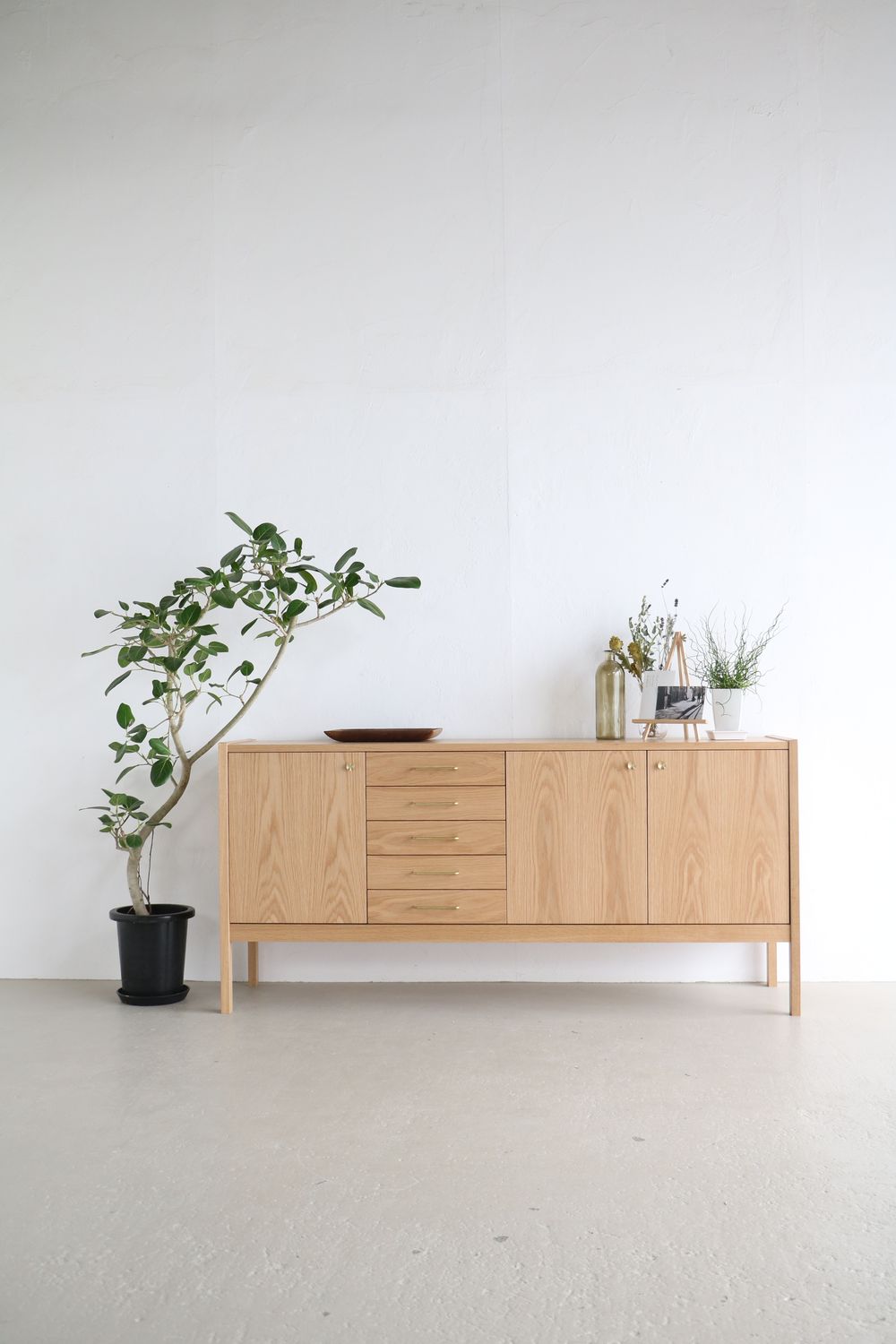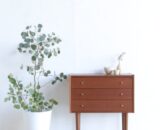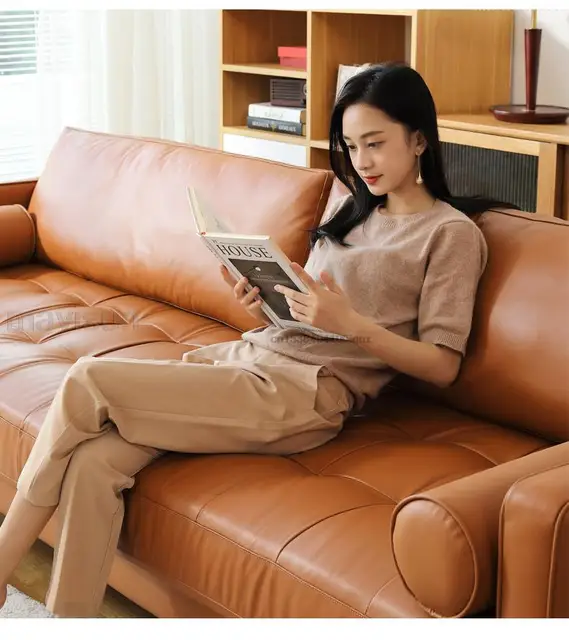A sofa is often the centerpiece of a living room, serving as a place for relaxation, socializing, and even working. Given its central role, finding the perfect sofa can significantly impact the comfort and aesthetics of your space. While mass-produced sofas offer a wide range of options, a custom sofa allows you to create a piece that perfectly fits your style, needs, and space. This comprehensive guide explores the benefits of custom sofas, the process of designing one, and tips for ensuring you get a piece that you’ll love for years to come.
## Why Choose a Custom Sofa?
### Unique Design Tailored to Your Style
One of the main advantages of a custom sofa is the ability to design a piece that reflects your personal style. Whether you prefer a modern, minimalist look, a classic, traditional design, or something eclectic and bold, a custom sofa can be tailored to your aesthetic preferences. This level of customization ensures that your sofa not only fits your decor but also becomes a statement piece in your home.
### Perfect Fit for Your Space
Standard sofas may not always fit perfectly in your living space, especially if you have unique dimensions or specific layout requirements. Custom sofas can be designed to fit any space, ensuring that they complement the room’s proportions and enhance its functionality. Whether you need a compact sofa for a small apartment or a large sectional for a spacious living room, custom options provide the flexibility to create the perfect fit.
### Superior Quality and Durability
Custom sofas are often associated with higher quality materials and craftsmanship compared to mass-produced options. When you choose a custom sofa, you have control over the materials used, from the frame and padding to the upholstery. This allows you to select high-quality, durable materials that will withstand daily use and maintain their appearance over time. Investing in a custom sofa means investing in a piece that will offer comfort and style for many years.
Where to Shop for custom sofa ? Murukaka.com
### Personal Comfort
Comfort is a crucial factor when choosing a sofa, and everyone’s preferences are different. Custom sofas allow you to specify the level of firmness or softness, the depth of the seat, and the height of the backrest to ensure optimal comfort. This level of personalization can make a significant difference in how much you enjoy and use your sofa.
### Eco-Friendly Options
Many custom sofa makers prioritize sustainability by using eco-friendly materials and manufacturing processes. If you’re environmentally conscious, you can select sustainable fabrics, non-toxic finishes, and responsibly sourced wood for your custom sofa. This not only reduces your environmental footprint but also ensures that your sofa is safe for your home.
## The Process of Designing a Custom Sofa
### Step 1: Define Your Vision
The first step in designing a custom sofa is to define your vision. Consider the overall style and feel you want to achieve in your living space. Gather inspiration from design magazines, websites, and social media platforms like Pinterest and Instagram. Create a mood board or collection of images that represent the look and style you’re aiming for. This will help you communicate your ideas effectively to the designer or artisan.
### Step 2: Choose the Right Designer or Artisan
Finding the right designer or artisan is crucial for bringing your vision to life. Look for professionals with a strong portfolio and positive reviews from previous clients. You can start by searching online, asking for recommendations from friends and family, or visiting local furniture showrooms. Meet with potential designers or artisans to discuss your project, assess their expertise, and determine if they’re the right fit for your needs.
### Step 3: Collaborate on the Design
Once you’ve selected a designer or artisan, the next step is to collaborate on the design. This process typically involves discussing your ideas, reviewing sketches or digital renderings, and making adjustments based on your feedback. A good designer will listen to your input, offer creative suggestions, and ensure that the final design aligns with your vision. Be open to their expertise and insights, as they can help you achieve a more refined and functional design.
### Step 4: Select Materials and Finishes
Choosing the right materials and finishes is a crucial aspect of custom sofa design. Your designer or artisan will guide you through the options, which may include various types of wood for the frame, different padding materials for comfort, and a wide range of upholstery fabrics and colors. Consider the durability, maintenance requirements, and aesthetic appeal of each material. High-quality materials will not only enhance the beauty of your sofa but also ensure its longevity.
### Step 5: Review the Final Design and Quote
Before production begins, review the final design and quote to ensure everything is as expected. This is your last chance to make any changes or address any concerns. Confirm the dimensions, materials, finishes, and any special features or details. Once you’re satisfied with the design and the quote, you’ll typically need to provide a deposit to secure the order.
### Step 6: Production and Delivery
The production process can take several weeks to several months, depending on the complexity of the piece and the workload of the artisan. During this time, maintain regular communication with your designer or artisan to stay updated on the progress. Once the piece is completed, it will be delivered and installed in your space. Make sure to inspect the sofa upon delivery to ensure it meets your expectations.
## Tips for Ensuring Your Custom Sofa is a Success
### Communicate Clearly
Clear communication is key to a successful custom sofa project. Make sure to articulate your ideas, preferences, and any concerns you may have throughout the process. Provide detailed feedback on sketches and prototypes, and don’t hesitate to ask questions. Effective communication will help ensure that the final piece meets your vision and expectations.
### Be Open to Suggestions
While it’s important to have a clear vision, it’s also essential to be open to suggestions from your designer or artisan. They have the expertise and experience to offer valuable insights and recommendations that can enhance the design and functionality of your custom sofa. Be willing to consider their suggestions and collaborate to achieve the best possible result.
### Consider the Future
When designing a custom sofa, think about how it will fit into your life in the long term. Consider future needs and how the piece may be used or repurposed over time. Opt for timeless designs and durable materials that will stand the test of time, both in terms of style and functionality. This approach will ensure that your investment in a custom sofa continues to bring value and enjoyment for many years.
### Prioritize Quality
Quality should be a top priority when commissioning a custom sofa. Invest in high-quality materials and craftsmanship to ensure that your piece is not only beautiful but also durable and long-lasting. While custom sofas may come with a higher price tag, the investment is worthwhile for the superior quality and longevity they offer.
### Plan for Maintenance
Custom sofas, like any other piece of furniture, require proper maintenance to keep them looking their best. Discuss maintenance requirements with your designer or artisan and follow their recommendations. Regular cleaning, fluffing cushions, and periodic maintenance will help preserve the beauty and integrity of your custom sofa.
## Finding the Best Custom Sofa Makers
### Research and Recommendations
Start by researching online and seeking recommendations from friends, family, and colleagues who have commissioned custom furniture. Look for artisans with a strong portfolio and positive reviews. Websites, social media platforms, and online directories can provide valuable information about local artisans and their work.
### Visit Showrooms and Workshops
Visiting showrooms and workshops can give you a better sense of an artisan’s style, craftsmanship, and attention to detail. It also provides an opportunity to see their work firsthand and discuss your project in person. Many artisans are happy to give tours of their workshops and explain their process, which can help you feel more confident in your choice.
### Evaluate Portfolios
Carefully review the portfolios of potential artisans to ensure their style and expertise align with your vision. Look for examples of previous work that are similar to what you’re looking for. Pay attention to the quality of craftsmanship, the use of materials, and the overall design aesthetic. A strong portfolio is a good indicator of an artisan’s capabilities and experience.
### Ask for References
Don’t hesitate to ask potential artisans for references from previous clients. Speaking with past clients can provide valuable insights into the artisan’s professionalism, communication, and ability to deliver on their promises. Positive references are a good sign that the artisan is reliable and capable of producing high-quality custom sofas.
## The Future of Custom Sofas
### Sustainable Practices
Sustainability is becoming increasingly important in the world of custom furniture. Many artisans and manufacturers are adopting sustainable practices, such as using reclaimed or responsibly sourced materials, minimizing waste, and employing environmentally friendly manufacturing processes. As consumers become more eco-conscious, the demand for sustainable custom sofas is expected to grow.
### Technological Advancements
Technological advancements are also shaping the future of custom furniture. Digital design tools, 3D printing, and CNC (computer numerical control) machining are allowing artisans to create more precise and intricate designs. Virtual reality (VR) and augmented reality (AR) tools are enhancing the customer experience, enabling clients to visualize custom pieces in their space before they are built.
### Personalization and Customization
The trend towards personalization and customization shows no signs of slowing down. As consumers continue to seek unique, tailor-made pieces that reflect their individual style and needs, the demand for custom sofas will remain strong. Artisans and designers will continue to innovate, offering new ways to personalize and customize furniture to meet the evolving preferences of their clients.
### Collaborative Design
Collaborative design, where clients and artisans work closely together to create custom pieces, is becoming more popular. This collaborative approach allows for greater creativity and ensures that the final piece meets the client’s vision and needs. As communication tools and technology improve, the process of collaborating on custom sofa design will become even more seamless and efficient.
## Custom Sofa Trends to Watch
### Bold Colors and Patterns
While neutral tones have long been popular in sofa design, bold colors and patterns are making a comeback. Custom sofas offer the perfect opportunity to experiment with vibrant hues


